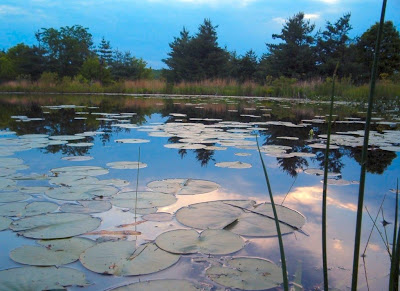The giant squid (genus: Architeuthis) is a deep-ocean dwelling squid in the family Architeuthidae, represented by as many as eight species. Giant squid can grow to a tremendous size (see Deep-sea gigantism): recent estimates put the maximum size at 13 metres (43 ft) for females and 10 metres (33 ft) for males from caudal fin to the tip of the two long tentacles (second only to the colossal squid at an estimated 14 metres (46 ft), one of the largest living organisms). The mantle is about 2 metres (6.6 ft) long (more for females, less for males), and the length of the squid excluding its tentacles is about 5 metres (16 ft). There have been claims of specimens measuring 20 metres (66 ft) or more, but no giant squid of such size has been scientifically documented.
The first photographs of a live giant squid in its natural habitat were taken on September 30, 2004, by Tsunemi Kubodera (National Science Museum of Japan) and Kyoichi Mori (Ogasawara Whale Watching Association). Their teams had worked together for nearly two years to accomplish this. They used a five-ton fishing boat and only two crew members. The images were created on their third trip to a known sperm whale hunting ground 970 kilometres (600 mi) south of Tokyo, where they had dropped a 900-metre (3,000 ft) line baited with squid and shrimp. The line also held a camera and a flash. After over 20 tries that day, an 8-metre (26 ft) giant squid attacked the lure and snagged its tentacle. The camera took over 500 photos before the squid managed to break free after four hours. The squid's 5.5-metre (18 ft) tentacle remained attached to the lure. Later DNA tests confirmed the animal as a giant squid.
In Melbourne museum
The existence of the ‘colossal squid’ has been suspected for many decades, since arms from the creature have occasionally been recovered from the stomachs of sperm whales. But it wasn’t until an actual specimen was caught near Antarctica (picture above) that the reality of this new type of squid was brought home to scientists.
The specimen is larger than any previously seen giant squid, and it is only a young one, just two-thirds grown.
This squid has one of the largest beaks known of any squid, and seems to have more muscles attached to its tentacles. It also has unique swivelling hooks on the clubs at the ends of its tentacles. All of these things make it a very deadly predator.
It seems there are sea monsters after all!


















































